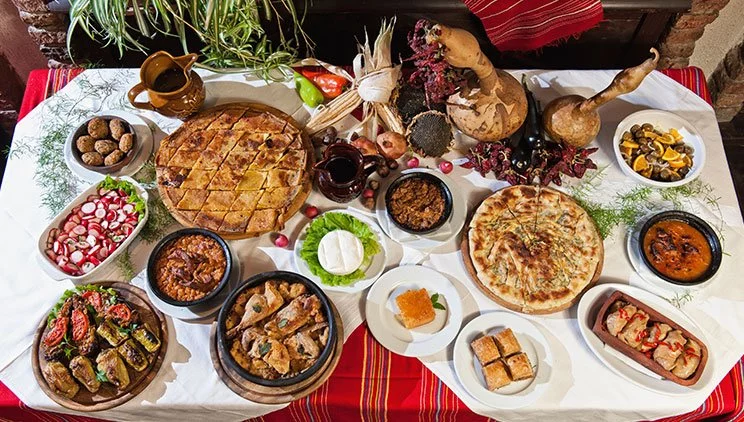Take Me to the Recipes
Albanian cuisine is a reflection of the country’s rich history and cultural diversity. Located in Southeastern Europe, Albania is influenced by neighboring countries such as Greece, Italy, and Turkey, as well as its own unique traditions. Albanian food includes hearty, flavorful dishes that include fresh, locally sourced ingredients.
Historically, Albanian cuisine has been shaped by the country’s geography and climate. The mountainous terrain and proximity to the sea have led to a diverse range of ingredients and cooking techniques. Albania’s food scene centers heavily around meat, with beef and veal being the go-to choices, closely followed by pork. Numerous cozy spots across the country specialize in dishes featuring beef, lamb, goat, and veal.
Meat, dairy products, and vegetables are staples in Albanian cooking. The dishes include seasoning with herbs and spices such as oregano, mint, and paprika.
Key Takeaways
- Albanian cuisine is influenced by neighboring countries and its own unique traditions.
- Fresh, locally sourced ingredients are a hallmark of Albanian food.
- Meat, dairy products, and vegetables are staples in Albanian cooking.
Take Me to The Recipes
Where is Albania?


Index of Contents
- Take Me to The Recipes
- Suggested Articles
- Historical Roots of Albanian Food
- Staple Ingredients in Albanian Cooking
- Albanian Dishes
- Albania Breakfast
- Albanian Main Courses
- Albanian Desserts
- Albanian Traditional Food
- Albanian Food for Special Events and Ceremonies
- Conclusion
- Frequently Asked Questions (FAQs) About Albanian Cuisine
Savor iconic Albanian Food – Click on each tantalizing picture to open up the Recipe
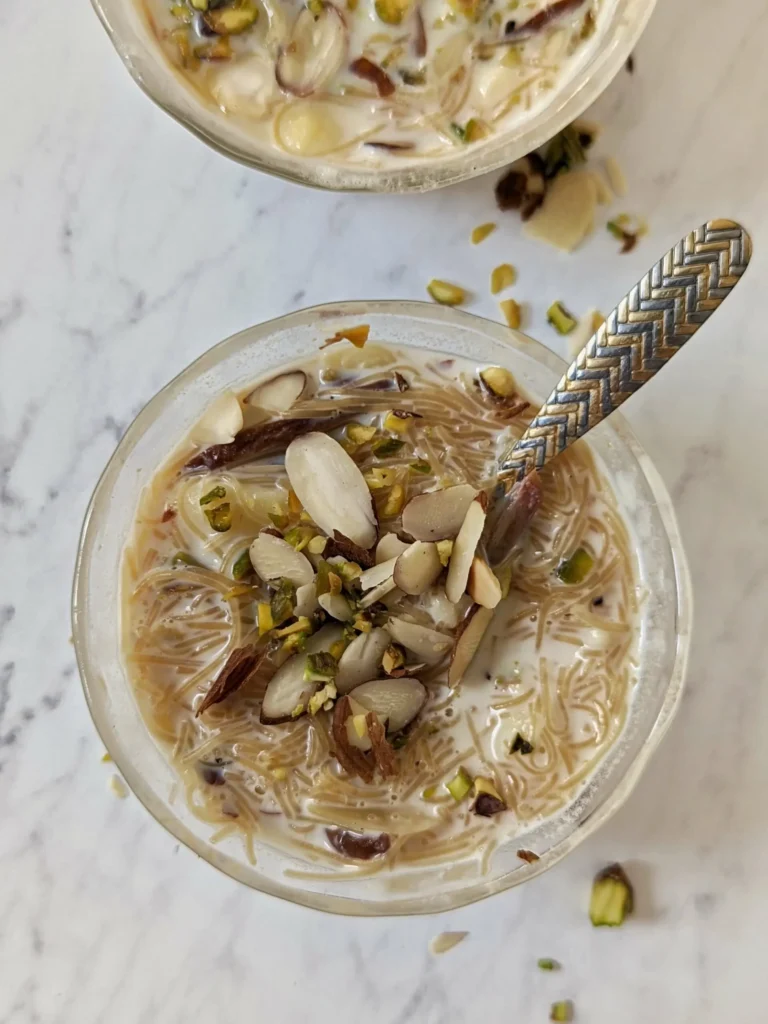
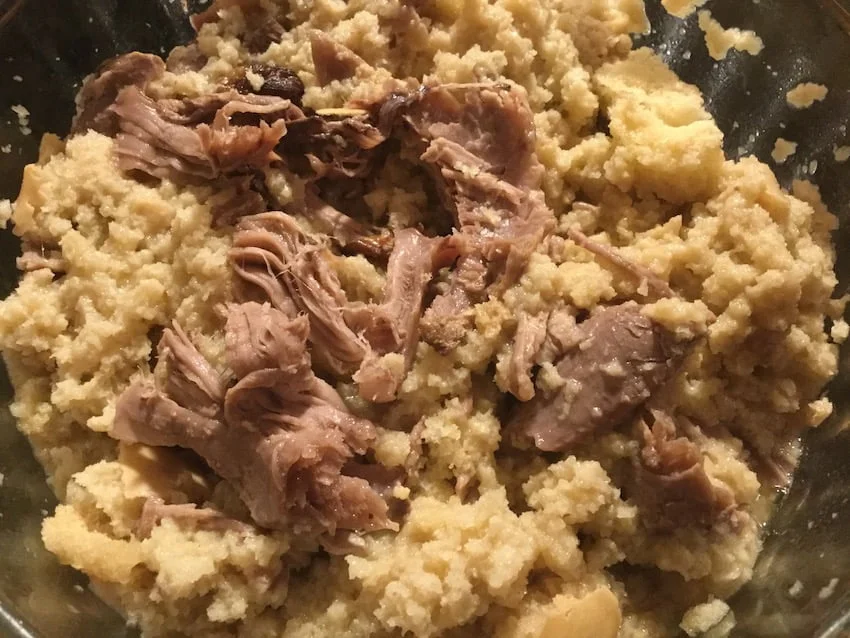
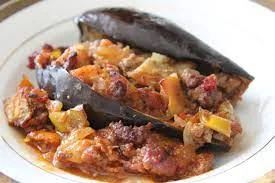
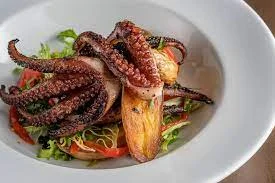
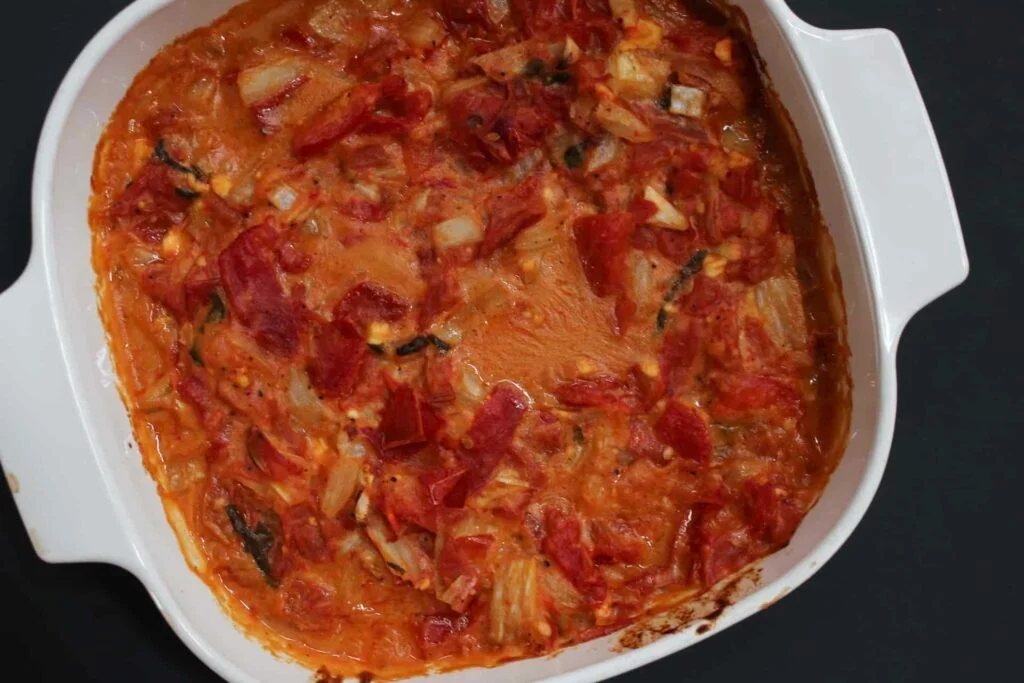

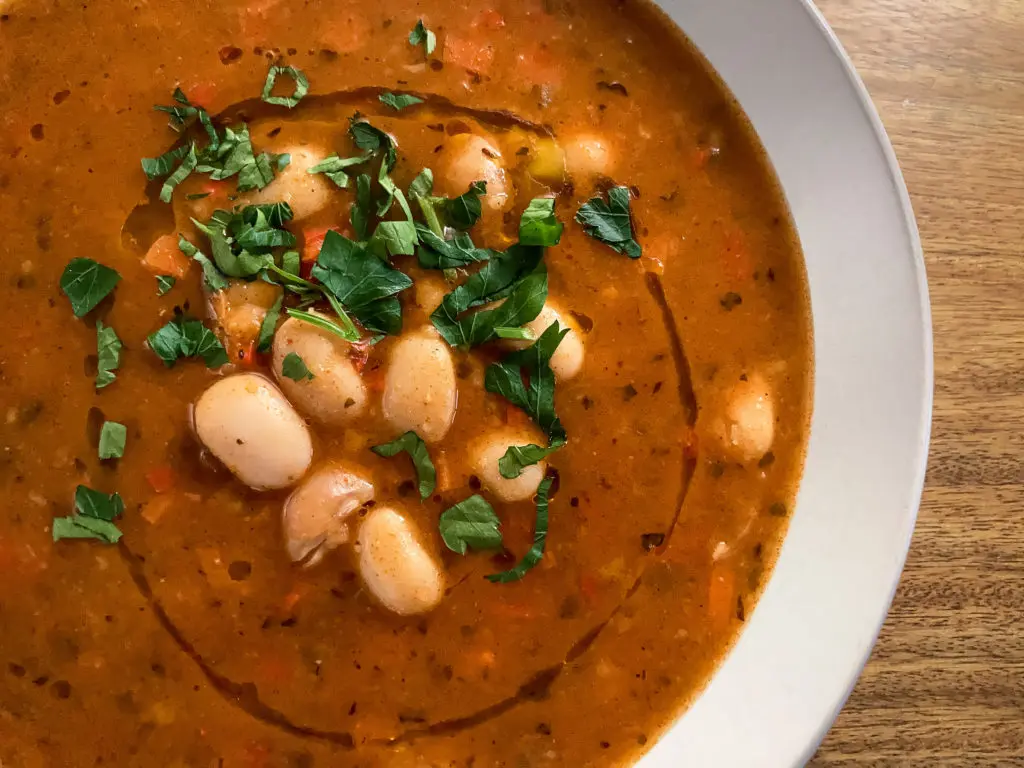

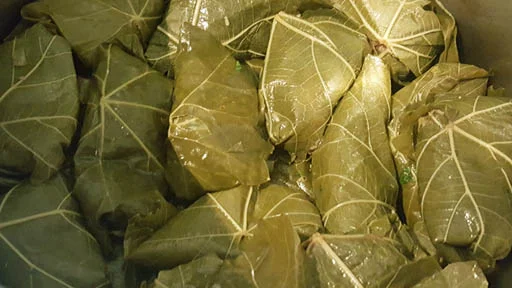
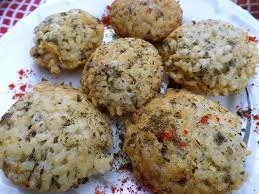
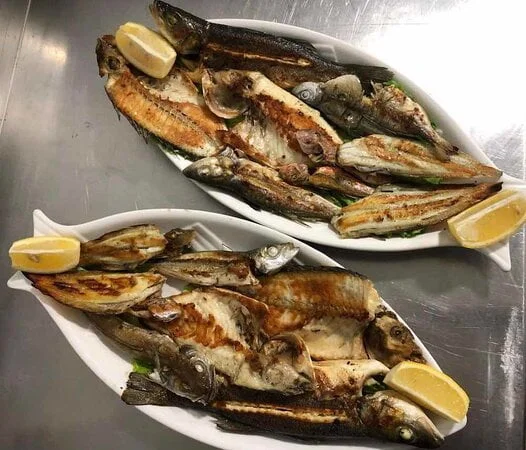
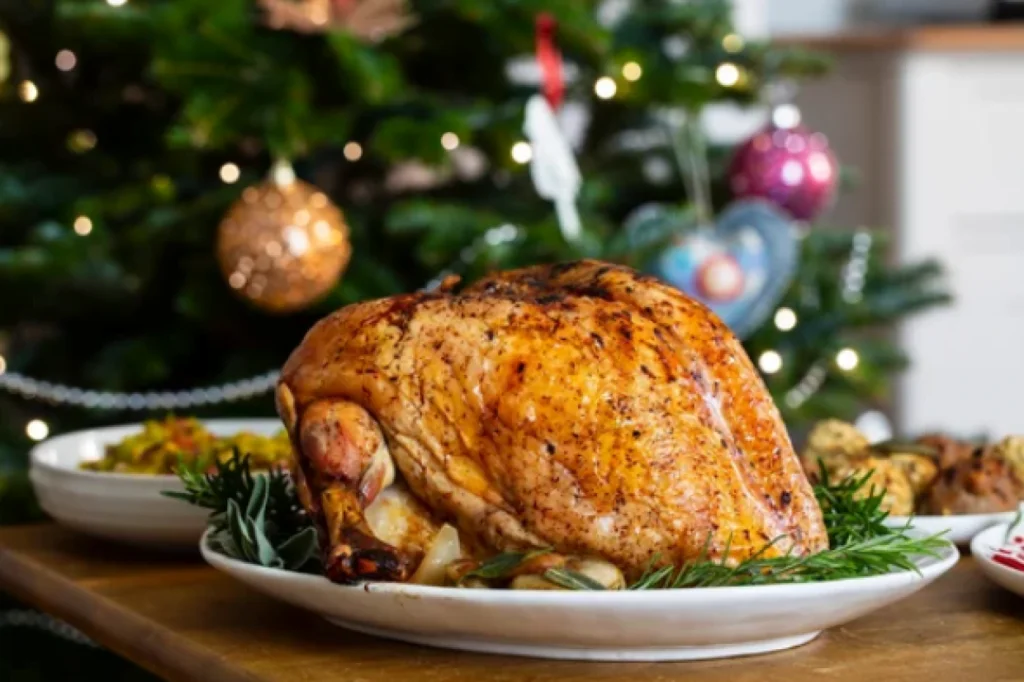

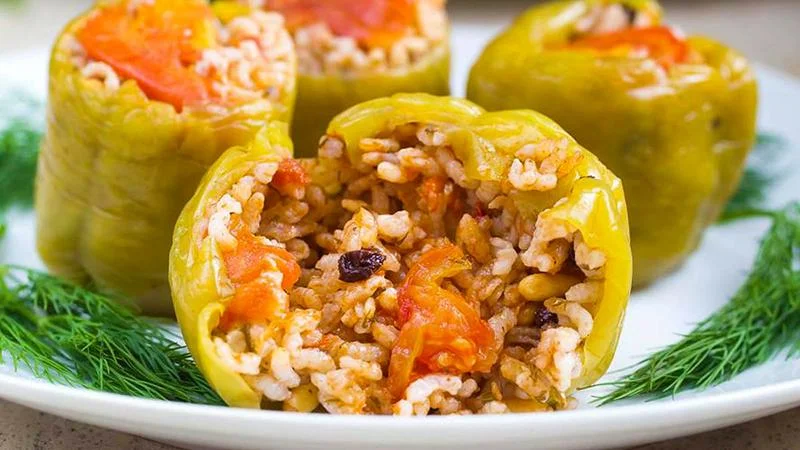

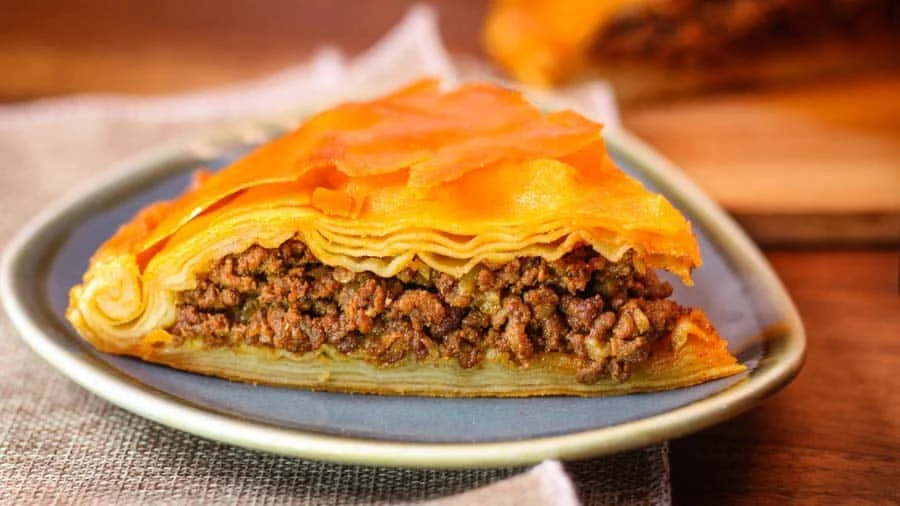
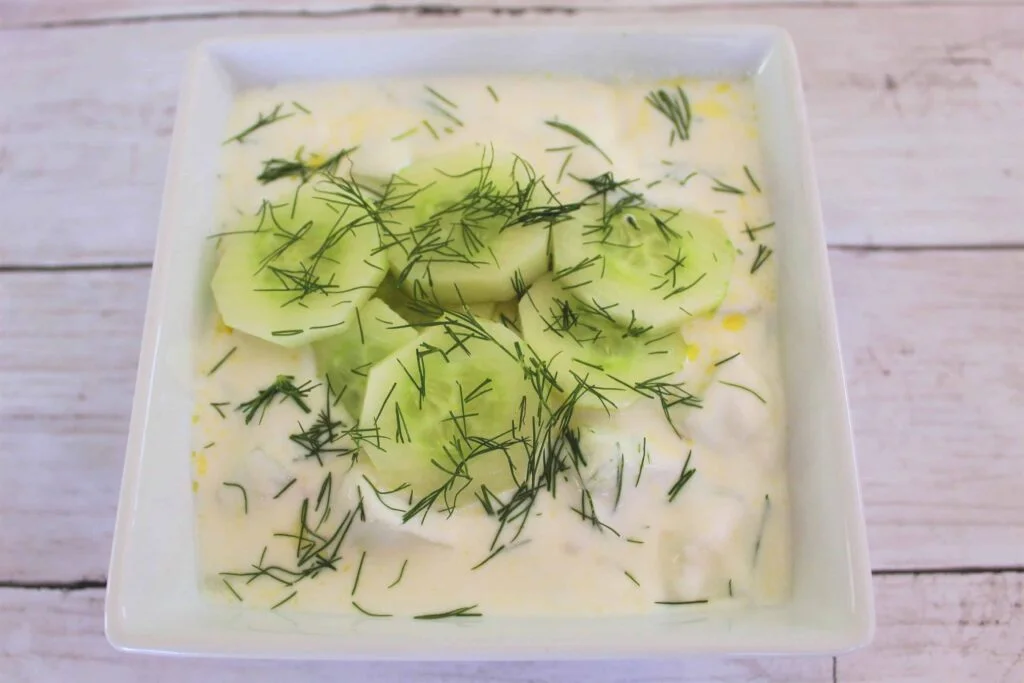
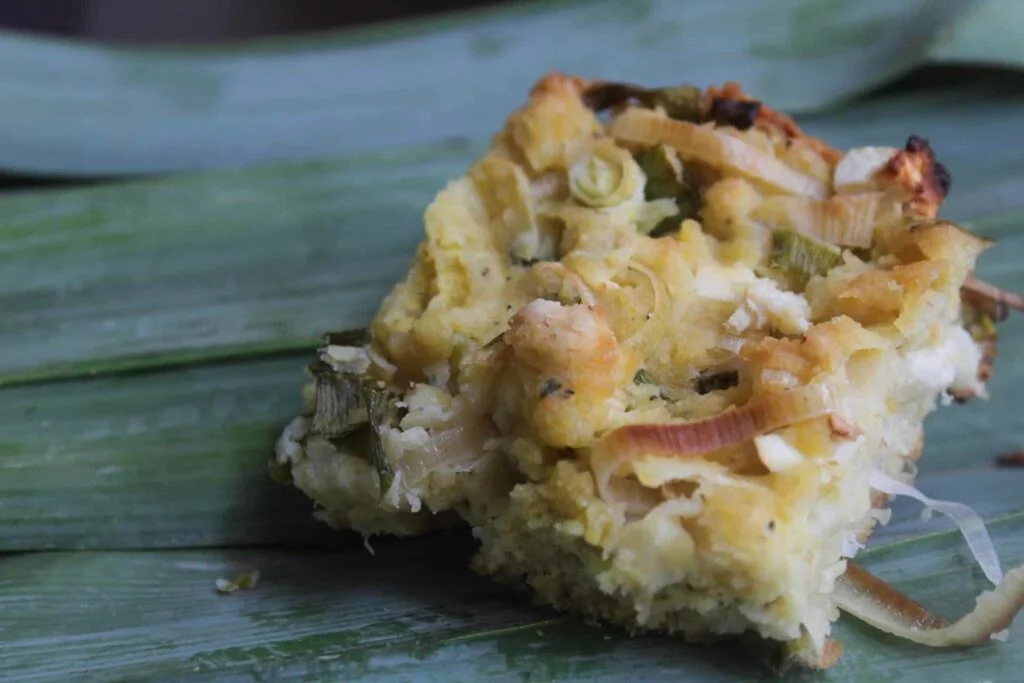



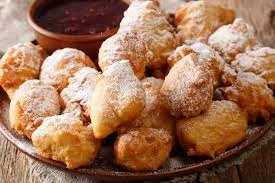
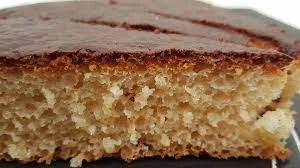

You may also Enjoy the Following Articles
- Albanian Food: – Dive into delicious recipes
- North and South American Cuisine – A Culinary Expedition
- European Cuisine: Savor the Continent’s Best Culinary Secrets!
- African Cuisine: Discover the Bold Flavors & Global Charm!
- Asian Cuisine Unlock its Secrets – Taste, Health & Global Influence!
- Oceania Cooking: A Culinary Journey Through the Pacific
Historical Roots of Albanian Food

Albanian cuisine has a rich and diverse history that reflects the country’s geographic location and cultural influences. The cuisine has Mediterranean and Balkan flavors, with a touch of Ottoman and Italian influence.
Albanian cuisine is heavily influenced by the country’s agricultural heritage. The use of locally sourced and seasonal ingredients is a cornerstone of Albanian cooking. The cuisine is simple, with dishes often consisting of just a few ingredients.
One of the most important historical influences on Albanian cuisine is the Ottoman Empire. The Ottomans ruled Albania for over 400 years, leaving a lasting impact on the country’s food culture. Many dishes, such as burek (a savory pastry) and baklava (a sweet pastry), have their roots in Ottoman cuisine.
Another important influence on Albanian cuisine is Italy. Albania shares a border with Italy, and Italian cuisine has had a significant impact on Albanian cooking. Many dishes, such as pizza and pasta, have become popular in Albania, and Albanian chefs have put their own unique spin on these Italian classics.
Overall, Albanian cuisine is a reflection of the country’s rich history and cultural diversity. The cuisine is simple and uses fresh ingredients, and a blend of Mediterranean, Balkan, Ottoman, and Italian flavors.
Staple Ingredients in Albanian Cooking

Albanian cuisine uses fresh and locally sourced ingredients. The country’s diverse landscape and climate lead to a wide range of ingredients being available Albanian cooking. Here are some of the staple ingredients in Albanian cuisine.
Dairy Products
Dairy products play a significant role in Albanian cuisine. The most common dairy products used in Albanian cooking are feta cheese, yogurt, and milk. Feta cheese is a staple in many Albanian dishes, including salads, pies, and stews. Yogurt is used in many sauces and dips, while milk is used in baking and cooking.
Albanian Meat
Meat is also an essential ingredient in Albanian cuisine. Lamb, beef, and chicken are the most commonly used meats. Albanian cuisine also includes a variety of cured meats, such as suxhuk (dried sausage) and pastırma (cured beef).
These cured meats are often used in traditional Albanian dishes, such as byrek (savory pie) and tavë kosi (baked lamb with yogurt).
Albanian Salami: A Savory Delight from the Balkans
Albanian salami, a cherished gem in the country’s culinary repertoire, stands out for its distinctive flavors and craftsmanship. Made with a blend of high-quality meats, seasoned with a unique mix of Balkan herbs and spices, this cured delight captures the essence of Albanian gastronomy.
The meticulous curing process, often passed down through generations, results in a rich and robust taste that reflects the country’s cultural diversity. Whether enjoyed as part of a charcuterie board or in traditional dishes like fërgesë, Albanian salami is a testament to the culinary heritage of this Southeastern European nation.
Vegetables and Fruits
Vegetables and fruits are used extensively in Albanian cuisine, especially in salads and side dishes. Some of the most commonly used vegetables include tomatoes, peppers, eggplants, and onions. Albanian cuisine also includes a variety of fruits, such as figs, grapes, and pomegranates, which are often used in desserts and jams.
Herbs and Spices
Albanian cuisine relies heavily on herbs and spices to add flavor to dishes. Some of the most commonly used herbs include parsley, dill, and mint. Spices such as cumin, paprika, and chili flakes are also used in many Albanian dishes. Albanian cuisine also includes a variety of dried herbs and spices, such as oregano, thyme, and rosemary, which are used in stews and soups.
Overall, Albanian cuisine is characterized by its use of fresh and locally sourced ingredients, as well as its reliance on herbs and spices to add flavor to dishes.
Albanian Dishes

The cuisine is a combination of Mediterranean and Balkan influences, resulting in a unique and flavorful cuisine. Albanian dishes are known for their use of fresh and locally sourced ingredients, such as vegetables, meats, and seafood.
Albania Breakfast

Breakfast is an important meal in Albania, and it usually consists of a variety of savory and sweet dishes. One popular dish is byrek, a flaky pastry filled with cheese, spinach, or meat. Another common breakfast item is fërgesë, a dish made with peppers, tomatoes, and cheese, served with bread.
Appetizers and Salads
Albanian cuisine features a variety of appetizers and salads that are perfect for starting a meal. One popular appetizer is qofte, which are meatballs made with beef or lamb, served with a tomato-based sauce. Another popular dish is japrak, which are stuffed grape leaves filled with rice and meat.
For salads, Albanians love to use fresh vegetables such as tomatoes, cucumbers, and peppers. One popular salad is the shepherd’s salad, which is made with tomatoes, cucumbers, onions, and feta cheese.
Albanian Main Courses
Albanian main courses are hearty and flavorful, often featuring grilled meats and stews. One popular dish is tavë kosi, a baked dish made with lamb, yogurt, and rice. Another popular dish is fërgesë me melçi, a stew made with liver, peppers, and tomatoes.
For seafood lovers, Albanian cuisine offers a variety of fresh seafood dishes such as grilled octopus, fried calamari, and baked fish.
Albanian Desserts
Albanian desserts are sweet and indulgent, often featuring honey, nuts, and phyllo pastry. One popular dessert is baklava, a sweet pastry made with layers of phyllo dough and honey syrup. Another popular dessert is revani, a cake made with semolina flour and soaked in syrup.
In conclusion, Albanian cuisine offers a wide variety of delicious dishes that are sure to satisfy any palate. From savory meat dishes to sweet pastries, Albanian cuisine is a must-try for any food lover.
Albanian Traditional Food
Embarking on a culinary odyssey through Albanian traditional food unveils a tapestry of flavors deeply rooted in history and cultural diversity. From mountain villages to coastal towns, each region contributes to the vibrant mosaic of tastes that define this Southeastern European cuisine.
Burek: Ottoman Heritage in Every Layer
Burek, a savory pastry with origins tracing back to the Ottoman Empire, is a culinary masterpiece cherished across Albania. Layers of thin dough envelop a filling of minced meat, cheese, or spinach, creating a flaky delight that reflects centuries of gastronomic influence.
Tavë Kosi: A Symphony of Lamb and Yogurt
Tavë Kosi, a baked lamb and yogurt dish, exemplifies the marriage of flavors in Albanian cuisine. Slow-cooked lamb, fragrant with herbs, is nestled in a velvety yogurt blanket, resulting in a comforting and aromatic specialty.
Fërgesë: Peppers, Tomatoes, and Cheese in Harmony
Fërgesë, a delectable dish made with peppers, tomatoes, and cheese, epitomizes the use of fresh, locally sourced ingredients. This flavorful medley, often served with crusty bread, captures the essence of Albanian simplicity and taste.
Byrek: A Flaky Morning Staple
No exploration of Albanian traditional food is complete without mentioning Byrek, a flaky pastry enjoyed during breakfast or any time of day. Filled with a variety of ingredients like cheese, spinach, or minced meat, Byrek showcases the versatility of Albanian dough mastery.
Baklava: Sweet Layers of Culinary History
Albanian traditional food reaches its sweet crescendo with Baklava, a dessert that traces its roots to Ottoman influence. Layers of thin phyllo dough, filled with chopped nuts and sweetened with honey or syrup, create a dessert that is both indulgent and steeped in history.
As we delve into the enchanting world of Albanian traditional dishes, each bite becomes a portal to the country’s rich past and a celebration of the culinary artistry passed down through generations. Join us in savoring the essence of Albania, one dish at a time.
Albanian Food for Special Events and Ceremonies
Celebrations in Albania are not just marked by joyous gatherings but also by a distinctive culinary tapestry that adds flavor to every special occasion. From the cherished traditions of Albanian Easter to the festive extravagance of weddings and the warmth of Christmas, the country’s culinary heritage shines brightly.
Albanian Easter Food: Resurrection on the Plate

Albanian Easter is a time of spiritual reflection and festive revelry, and the traditional food associated with this celebration reflects both solemnity and joy. Dishes like qumez (Easter bread) and flija, a multilayered pancake, grace the tables.
Roasted lamb, symbolizing renewal, takes center stage, often accompanied by the rich flavors of tavë kosi and sweet treats like baklava, creating a feast that embodies the essence of rebirth.
Albanian Wedding Food: A Feast of Union

Albanian weddings are grand affairs, and the food served during these celebrations is a testament to the significance of the occasion. The aroma of slow-cooked lamb and qofte, adorned with a vibrant tomato-based sauce, fills the air.
Delicacies like pite (traditional pie) and fërgesë, showcasing the abundance of fresh vegetables and cheese, are staples. The wedding table becomes a canvas, painted with flavors that symbolize the union of two families.
Albanian Christmas Food: Yuletide Flavors

Albanian Christmas is a time of merriment, and the food served during this festive season reflects the warmth and joy of the holidays. Traditional dishes such as roast turkey or chicken take center stage, accompanied by the comforting flavors of flija, a dish with layers of pancake-like batter.
Desserts like revani, soaked in sweet syrup, and dried fruits showcase the sweet side of Christmas in Albania, creating a culinary celebration that brings families together.
As we explore the unique flavors woven into Albanian special events and ceremonies, it becomes evident that each dish carries not just taste but also cultural significance.
Whether commemorating religious observances or joyous unions, Albanian food transforms these occasions into memorable feasts, enriching the tapestry of the nation’s culinary heritage.
Conclusion
Albanian traditional food, a harmonious blend of history, geography, and cultural influences, paints a vibrant picture on the palate. The chapters of this gastronomic exploration have revealed the richness of flavors embedded in dishes that have withstood the test of time. From the Ottoman echoes in the layers of burek to the comforting embrace of tavë kosi, each dish encapsulates the essence of a resilient nation.
As we journeyed through the mountainous landscapes and coastal regions, we discovered the heart of Albanian cuisine lies in the simplicity of ingredients—fresh and locally sourced, a testament to a deep connection with the land. The culinary craftsmanship, passed down through generations, turns every meal into a masterpiece, where even the simplest dish tells a story.
Albanian traditional food, with its diverse array of flavors and regional specialties, invites us to savor not just the taste but the history, culture, and traditions woven into each bite. Whether it’s the flaky layers of byrek or the sweet indulgence of baklava, these dishes stand as ambassadors of a proud and resilient culinary heritage.
In every qofte, fërgesë, and tavë kosi, we discover more than just ingredients; we uncover a narrative of a nation shaped by centuries of influences. The conclusion of this culinary journey leaves us with a profound appreciation for Albanian traditional food—a celebration of resilience, diversity, and the artistry of the kitchen. So, as we bid farewell to this exploration, let the flavors linger, and may the spirit of Albanian cuisine continue to inspire culinary adventures around the world.
Frequently Asked Questions (FAQs) About Albanian Cuisine
What defines Albanian food?
- Albanian cuisine blends Balkan, Mediterranean, Ottoman, and Italian influences, featuring hearty dishes with fresh, local ingredients.
How has history shaped Albanian cuisine?
- Ottoman and Italian rule left enduring marks, seen in dishes like burek and a unique spin on Italian classics.
What are staple ingredients in Albanian cooking?
- Dairy (feta, yogurt), meats (lamb, beef), veggies (tomatoes, peppers), fruits (figs, grapes), and a variety of herbs and spices.
Tell us about Albanian breakfast dishes.
- Byrek, a flaky pastry, and fërgesë, a pepper and cheese dish, are popular breakfast options.
What are common appetizers in Albanian cuisine?
- Qofte (meatballs), japrak (stuffed grape leaves), and fresh salads like the shepherd’s salad.
Describe Albanian main courses.
- Hearty grilled meats, stews like tavë kosi (baked lamb with yogurt), and fresh seafood dishes.
What desserts are popular in Albanian cuisine?
- Baklava, a sweet pastry, and revani, a semolina cake, showcase the sweet indulgence of Albanian desserts.
How does geography influence Albanian cuisine?
- The diverse landscape contributes to a rich variety of ingredients and cooking techniques.
Are there vegetarian options in Albanian cuisine?
- Yes, many dishes feature fresh vegetables, cheeses, and flavorful herbs for a delightful vegetarian experience.
Where can I try authentic Albanian cuisine?
- Look for local Albanian restaurants or explore traditional recipes at home for an authentic taste of this Balkan culinary gem.

